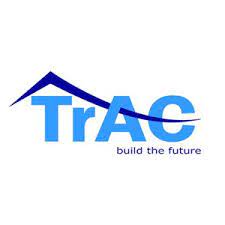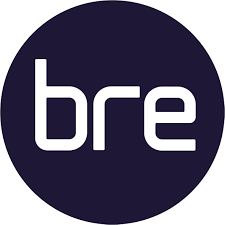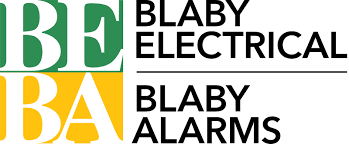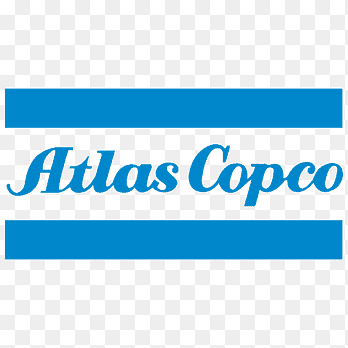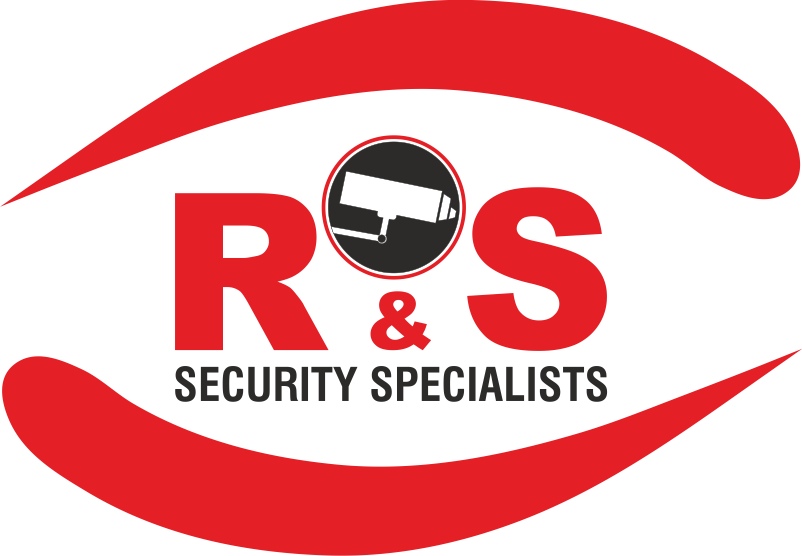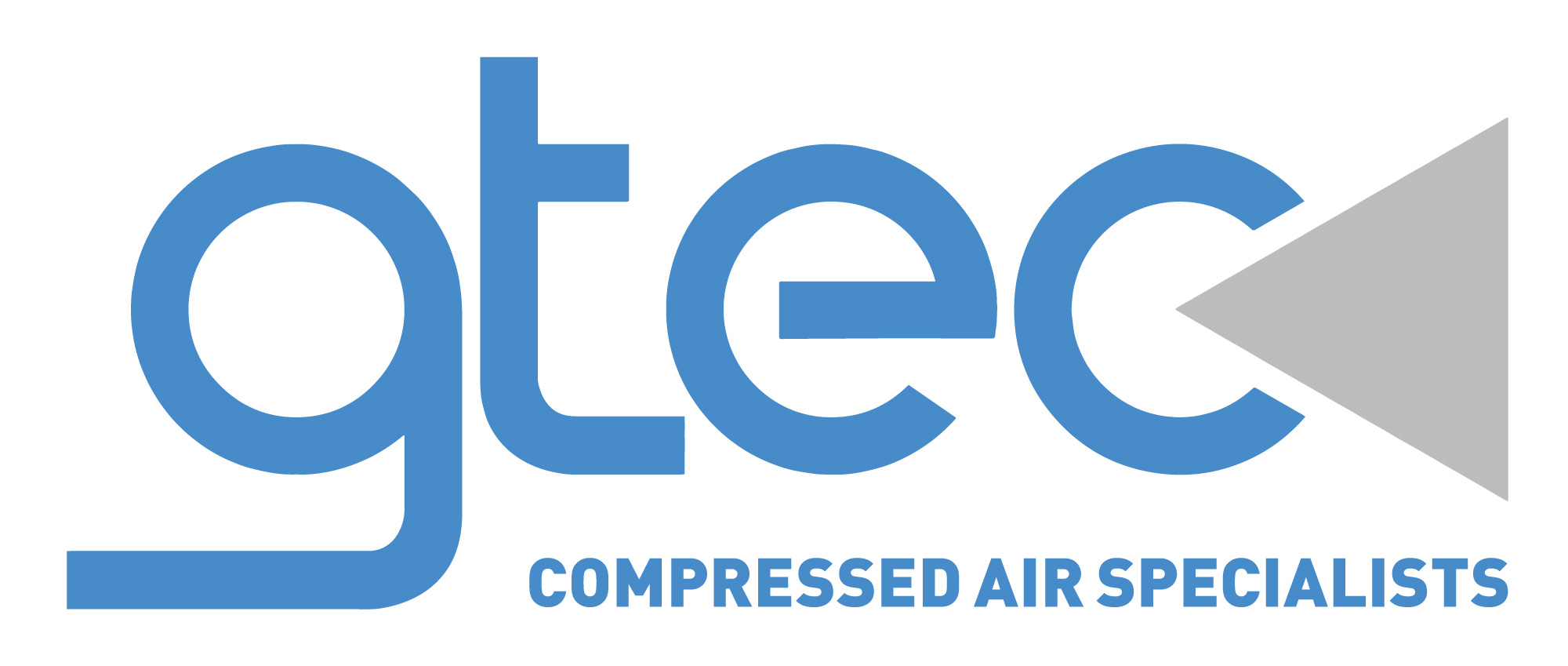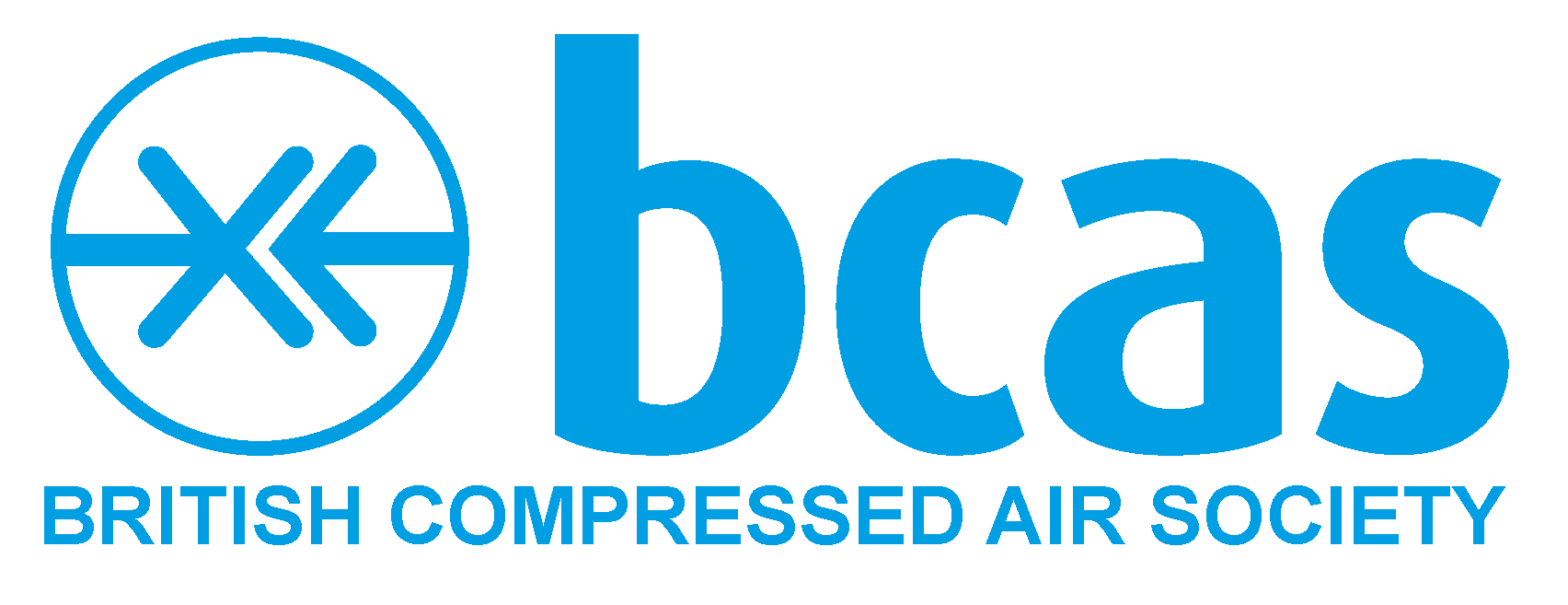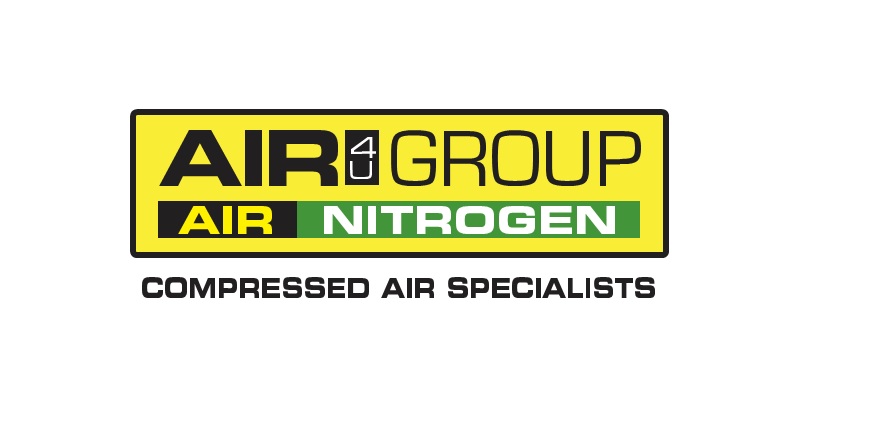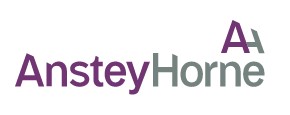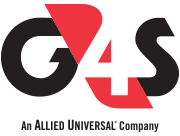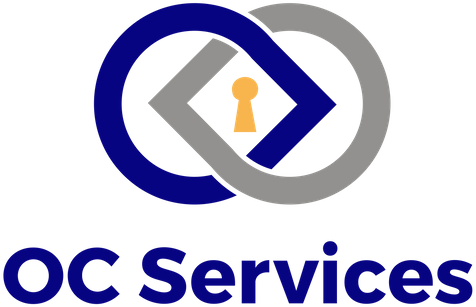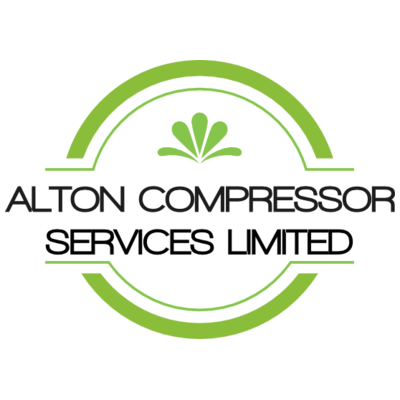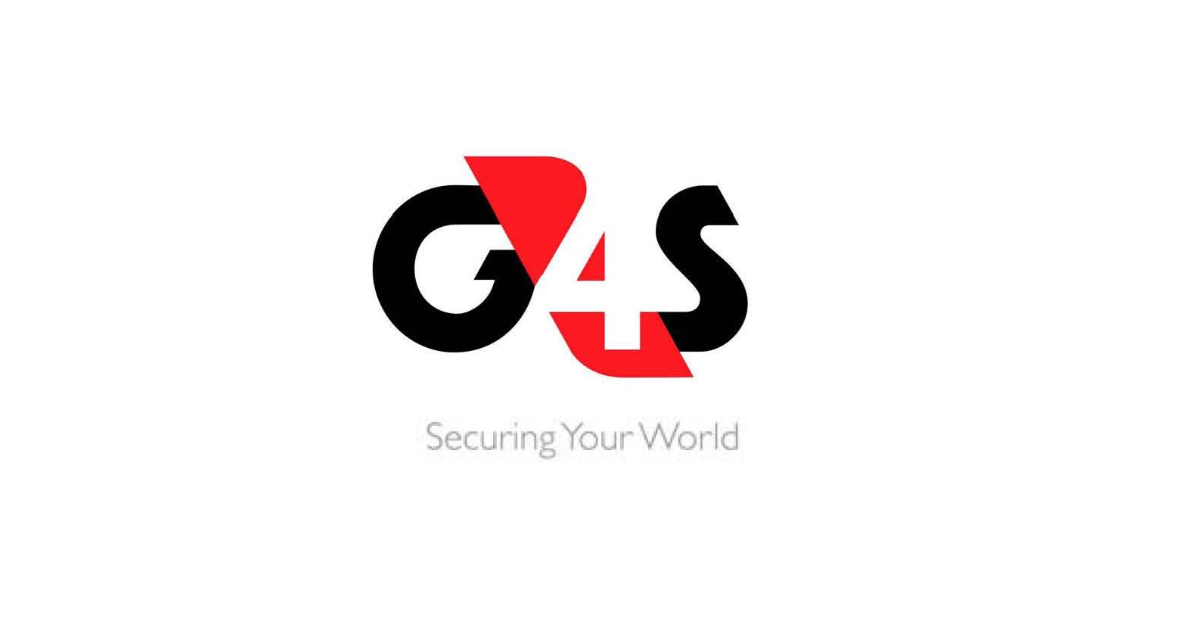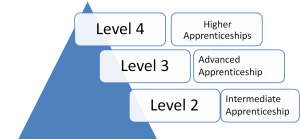Apprenticeship Categories
Semester is an independant training provider, approved on the Apprenticeship Provider and Assessment Register (APAR). We are approved to:
- Deliver apprenticeship training to employers that pay the apprenticeship levy, for any apprenticeships that started on or after 1st May 2017
- Deliver apprenticeship training as a subcontractor for any apprenticeships that started on or after 1st May 2017.
We are approved to offer the following Apprenticeship Standards:
- Compressed Air and Vacuum Technician (ST0817) – Level 3
- Construction Equipment Maintenance Mechanic (ST0805) – Level 2
- Engineering Fitter (ST0432) – Level 3
- Engineering Manufacturing Technician (ST0841) – Level 4
- Engineering Technician (ST0457) – Level 3
- Fire Emergency and Security Systems Technician (ST0189) – Level 3
- Welder (ST0349) – Level 2
The Apprenticeships are typically run over 18 – 42 months in the workplace. When Semester: Learning and Development manage your apprenticeship the benefits can be easily measured. Your apprentice will spend more time in work being more productive, spend less time travelling, spend less costs on accommodation and your business will be getting a better return on your investment than if they went to a bricks and mortar college.
This is made possible by our use of distance learning coupled with our up to the minute Learning Management System (LMS). We offer flexible start times, so you are not restricted to college term dates. Also there are no minimum numbers, you can have as few as 1 apprentice.
The competence element will be assessed in the workplace by our team of expert assessors coupled with the use of an e-portfolio, allowing learners to concentrate on learning on the job.
Key Changes for Employers in April 2026
- Apprentice minimum wage increases to £8 per hour
Key Changes for Employers in August 2026
- Full funding will be available for apprentices aged under 25 for non-levy payers (currently available for those under 22)
- Levy top-up funding reduces from 10% to 0%
- Levy funds will expire after 12 months (currently 24 months)
- Levy payer co-investment spilt changes to 75% / 25% (currently 95% / 5%)
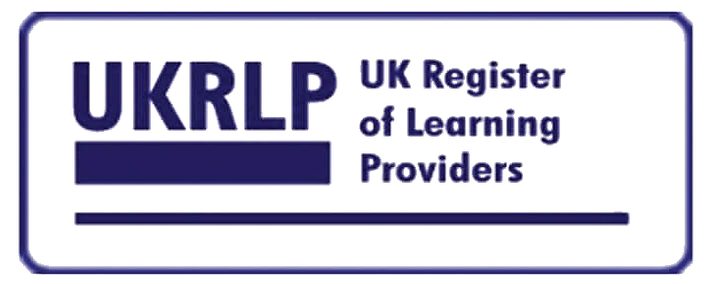
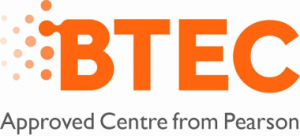

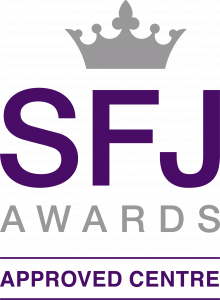

Some of our Apprentice Employers
What we can help you with?
Primarily we are a training provider registered on RoATP – our UK provider Registration Number is 10048806. We are registered with Pearson (sometimes called Edexcel or BTEC) and Engineering Training Awards (ETa). All have been approved for distance learning and we use state of the art systems to deliver and track progress.
Planning
We know that if you have never employed an apprentice before, it can be very daunting. We can help with the planning of everything from on-boarding, End Point Assessment, Portfolios, Off the Job Training and any number of issues you may have.
Recruitment
If you have never employed an apprentice before, you may not know exactly what to look for in potential candidates. We can advertise for you on our website (see apprenticeship vacancies) and we have a template you can use for your job description, suitable for posting on the National Apprenticeship Service.
Choosing the right candidate to work in your company for 3 years as a trainee, can be a daunting prospect. Let us help take the strain.
Calculating Off the Job Training (OJT) Time
For the apprenticeship to be valid, there has to be 20% of their working time allocated to the apprenticeship. For calculation purposes only, normal working hours are capped at 30 hours per week, which equates to an average of 6 hours off-the-job per week.
So what does 20% look like:
- A common year has 260 working days, which equates to 520 working days for a 24 month apprenticeship
- The minimum holiday entitlement that an employer must provide to a full-time worker is 28 days per year, which includes Bank Holidays (56 days for a 24 month apprenticeship)
- 520 working days minus 56 holiday days equals 464 days
- For the purposes of calculating off-the-job hours, each day equates to 6 hours
- 464 days @ 6 hrs = 2784 hours
- 20% of 2784 = 557 hours need to be allocated to off-the-job training
Note: Time spent studying Functional Skills does not count towards the 20% off-the-job training.
Wages
Apprentices are entitled to the apprentice rate if they’re either:
- aged under 19
- aged 19 or over and in the first year of their apprenticeship
Example
An apprentice aged 21 in the first year of their apprenticeship is entitled to a minimum hourly rate of £6.40.
Apprentices are entitled to the minimum wage for their age if they both:
- are aged 19 or over
- have completed the first year of their apprenticeship
Example
An apprentice aged 21 who has completed the first year of their apprenticeship is entitled to a minimum hourly rate of £11.44.
Current rates
These rates are for the National Living Wage (for those aged 21 and over) and the National Minimum Wage (for those of at least school leaving age). The rates change on 1 April every year.
| 21 and over | 18 to 20 | Under 18 | Apprentice | |
| April 2024 (previous rate) | £11.44 | £8.60 | £6.40 | £6.40 |
| April 2025 (current rate) | £12.21 | £10.00 | £7.55 | £7.55 |
Currently the minimum wage for apprentices is £7.55 per hour.
Further information can be found at:
So what does an apprenticeship consist of?
Standards
In May 2017, Apprenticeship Standards came into being. This is sometimes known as Trailblazer Apprenticeships and has completely replaced frameworks since September 2020.
To check the latest standards, head over to the Skills England website.
Standards are more akin to a job description. Each role profile describes what the apprentice is likely to be doing. It also lists the Knowledge, Skills and Behaviours (KSB’s) that will need to be recorded before progressing through a gateway.
Knowledge
Understand the impact your service provision has on the wider organisation and the value it adds (Customer Service)
Understanding of general engineering/manufacturing mathematical and scientific principles, methods, techniques, graphical expressions, symbols formulae and calculations used by engineering technicians (Engineering Technician)
Skills
Find solutions that meet your organisations needs as well as the customer requirements (Customer Service)
Undertaking the work activity using the correct processes, procedures and equipment (Engineering Technician)
Behaviours
Personally commit to and take ownership for actions to resolve customer issues to the satisfaction of the customer and your organisation (Customer Service)
Focus on quality and problem solving. Follow instructions and guidance, demonstrates attention to detail, follow a logical approach to problem solving and seek opportunities to improve quality, speed and efficiency (Engineering Technician)
Qualifications
Some standards will list a mandatory qualification, others won’t. We will devise a programme of learning that will meet the KSB’s. We may include additional qualifications or individual units that we feel will be beneficial.
So for instance, the Engineering Technician Apprenticeship specifies qualifications, that we deliver, whereas the IT Technical Salesperson does not. In this case we will devise a programme of learning that will allow the apprentice to meet the KSB’s and deliver qualifications around that.
Assessment
Semester: Learning & Development Ltd deliver learning using the Moodle Learning Management System (LMS). This gives the apprentice a structured approach to learning and access 24/7. The assessment is recorded via the industry standard OneFile e-portfolio. Employers will also have an account so they can access their apprentice’s work and take part in reviews. OneFile is also used to record Off The Job (OJT) Training time and progress.
Each Role also has an Assessment Plan. This details how the evidence will be evaluated and when. Some apprenticeships have a midway gateway, where a certain amount of knowledge(such as level 2 qualification) has to be achieved and agreed with the employer. The apprentice then continues until all the KSB’s have been completed and can progress to the End Point Assessment (EPA).
End Point Assessment
Each apprenticeship has a defined End Point Assessment which will be carried out by a separate company than the training provider. We can source one for you, or use one which you already have a agreement with.
Typically, the EPA will consist of 3 things:
1-Portfolio based validation Interview – this is where the EPA will interview the candidate, the basis of which will be the portfolio of evidence on OneFile.
2-Competence Assessment – this may take the form of a project or task under supervision of the EPA
3-Employer Validation – where the employer signs off that the apprentice has completed all the KSB’s.
Each standard is slightly different in the approach to EPA, some even have an exam that needs to be passed as well as the portfolio.
Apprenticeship Levels:
The basic apprenticeship at level 2 is on a par with GCSE levels. In Wales it is called the Foundation Apprenticeship. Typically this will give the learner an insight into the industry and allow them to perform basic routine tasks.
The level 3 Advanced apprentice will already have achieved qualifications or an apprenticeship at level 2 and will learn more in depth knowledge and skills in their industry. When complete they will be the team leaders and typically rise quickly in their chosen industry, compared to those that do not follow an apprenticeship route.
A level 4, Higher Apprenticeship is for those who have level 3 knowledge and skills, possibly some A’ Levels and are looking to become leaders in their industry. They will follow a level 4 program which is equivalent in depth to the 1st year of a university Bachelors Degree course.
It is possible for learners to progress through all the levels. It will take time, patience and hard work but all apprenticeships that are worth doing will require this input.
Career Opportunities
The National Careers Service website is an excellent resource to find information, advice and guidance on career options and progression.
If you are unsure on what you would like to do as a career, they offer an online skills assessment, where you answer questions about yourself to produce a list of careers which might suit you.
Explore Careers by Sector
If you know which sector you want to work in, or you are already working in a specific sector, you can use the National Careers Service website to search for career progression opportunities by sector.



